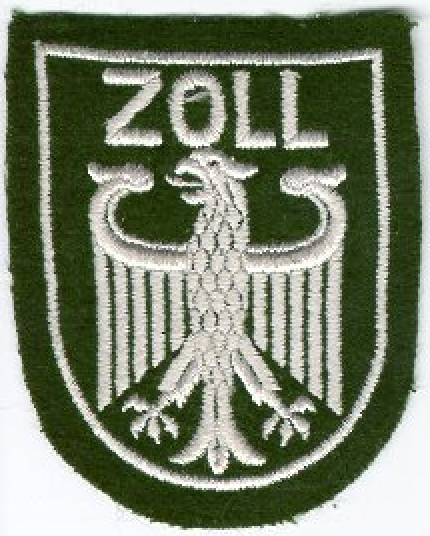Here is the list of preapproved sessions of the Second Latin American Economic History Congress (CLADHE-II), to be held in Mexico City on February 3-5, 2010. To submit a paper to any of the sessions, you have to go here.
Flandreau M. et al. (2009) Financiers without borders
September 6, 2009Flandreau, Marc, Christophe Galimard, Clemens Jobst and Pilar Nogués-Marco (2009) “Monetary Geography Before the Industrial Revolution”, CEPR, DP7169, 25p.
Introduction
Some argue that national moneys have been constructed by states, but not before the 19th century. Prior, during the 18th century, there were no monetary borders to speak of and local markets were integrated by the ubiquitous bills of exchange; regulation remaining at a sub-national level (cities; p.1). Others have pointed out that the financial geography was not that seamless and that a shape arose from endogenous elements (transaction costs, agglomeration economies, etc.). Finally, institutionalist economists have argued that factors such as parliaments and constitutions were critical in the dawn of international finance (p.2). Read the rest of this entry »
Schulze M.-S. and Wolf N. (2009) Ethno-linguistic endogenous borders within the Habsburg Empire
April 22, 2009Schulze, Max-Stephan and Wolf, Nikolaus (2009), “On the origin of border effects: insights from the Habsburg Empire”, Journal of Economic Geography, 9/1, 117-136.
Introduction
While market integration typically depends on the level of technology and infrastructure, economists have shown that borders affect prices and trade flows (p.117). Administrative borders are strongly trade diverting but what about other types of borders such as the ethno-linguistic ones? The authors study the Austro-Hungarian Empire as it represents a rather unique example of multi-ethnic polity not divided by national borders (p.118). Read the rest of this entry »
Krugman P. (1991) Geography and trade
March 31, 2009Krugman, Paul (1991) Geography and trade, London: MIT Press/Leuven UP, p.142.
Introduction
Economic geography is devoted to understand the location of production in space, in other words where things happen in relation to one another (p.1). Economists ought to remember that countries both occupy and exist in space (p.2). “To say anything useful or interesting about the location of economic activity in space, it is necessary to get away from the constant-returns, perfect-competition approach that still dominates most economy analysis”, and use such notions as increasing returns and imperfect competition (p.4). Read the rest of this entry »
Cheesy business
March 12, 2009I am presently in Morocco for research purposes. As the things were getting a bit slow in the last few days due to the public holiday meant to celebrate the birthday of the Prophet, I decided to indulge in my geekiness and I undertook a micro research. I am fascinated by the elegance of economic geography; I enjoy watching the market spread in space as much as others like to watch birds; so that’s just what I did, my Excel sheet in one hand and my binoculars in the other (for the birds, you never know). Read the rest of this entry »
Boschma R. (1998) What caused the rise of new industrial clusters in Italy after WWII?
February 3, 2009Boschma, Ron A. (1998) “The industrial rise of the Third Italy: open window of locational opportunity?”, paper presented at the 38th Congress of European Regional Science Association, Vienna, 33p.



This article is available online
Introduction
The Window of Locational Opportunity- (WLO-) concept “accounts for dynamic and accidental dimensions of new industrial development in space (… which) tend to open up in the event of new techno-industrial developments”. Can this concept explain why the post WWII wave of urbanization in Italy happened in the so-called Third Italy [1] and not in the Northwest, the traditional industrial core or the South (p.3)? Read the rest of this entry »
Kim S. (2006) Division of labour and the rise of cities
December 28, 2008Kim Sukkoo [2006] “Division of labor and the rise of cities: evidence from US industrialization, 1850-1880”, Journal of Economic Geography, 6/3, 469-491.



“In the USA, the Industrial Revolution occurred in two distinct phases between the nineteenth and the twentieth centuries. Between 1820 and 1840, early industrialization began in New England as manufacturing re-organized from artisanal shops to non-mechanized factories in a relatively small number of industries such as textile, leather, and shoes. In the second phase of industrialisation, which occurred between 1850 and 1920, factory production rose in scale, became mechanized, and spread to numerous industries and to the North-eastern region known as the manufacturing belt” (p.469). Read the rest of this entry »





 Posted by Manuel A. Bautista-González
Posted by Manuel A. Bautista-González 













